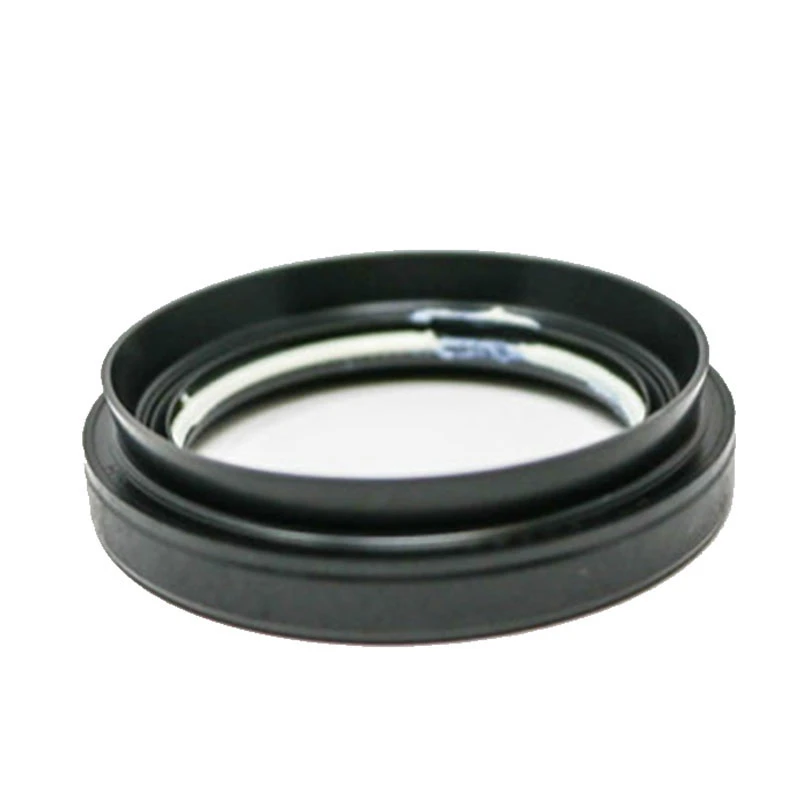Understanding the Function and Importance of Rear Main Crankshaft Seals in Engines
Understanding the Rear Main Crank Seal Importance and Maintenance
The rear main crank seal is a crucial component in the engine of a vehicle, playing a pivotal role in ensuring optimal performance and longevity. Located at the rear of the engine block, this seal is responsible for preventing oil from leaking out of the engine and protecting the crankshaft from contaminants. Understanding its function, potential issues, and maintenance practices can help vehicle owners keep their engines operating smoothly.
Function of the Rear Main Crank Seal
The primary function of the rear main crank seal is to create a barrier between the engine's internal components and the outside environment. The crankshaft, which is connected to the pistons, is responsible for converting the linear motion of the pistons into rotational motion, allowing the vehicle to move. As the crankshaft rotates, it generates a significant amount of force and friction, which can lead to oil leaks if not properly contained.
The seal works by utilizing a rubber or polymer material that elastically conforms to the crankshaft, filling any gaps and preventing oil from escaping the engine's lubrication system. This ensures that the engine maintains the necessary oil pressure and prevents contamination from dirt and debris that could enter through any leaks.
Common Issues with Rear Main Crank Seals
Like any component, rear main crank seals can wear out over time
. One of the most common signs of a failing seal is an oil leak, typically found at the rear of the engine where the transmission meets the engine block. If left unaddressed, these leaks can lead to low oil levels, resulting in increased friction, overheating, and ultimately severe engine damage.rear main crank seal

Other symptoms associated with a faulty rear main crank seal may include
1. Oil Puddles Finding drops of oil on the ground beneath the vehicle often indicates a compromised seal. 2. Burning Oil Smell If oil leaks onto hot engine components, it can cause a noticeable burning smell. 3. Low Oil Pressure A decline in oil pressure may occur due to oil escaping the system, prompting the oil warning light on the dashboard.
Maintenance and Replacement
Regular maintenance is crucial to prolong the life of the rear main crank seal. Keeping up with oil changes and ensuring the oil is at the correct level helps to reduce the wear on the seal. Additionally, it’s advisable to use high-quality oils and filters to maintain optimal lubrication.
However, if a leak is detected, replacing the rear main crank seal is essential. This process can be labor-intensive as it often requires removing the transmission from the engine, which can lead to higher labor costs. Therefore, it's advisable to address any leaks promptly to avoid more serious problems down the line.
Conclusion
The rear main crank seal is a small yet indispensable part of any engine. Its ability to prevent oil leaks plays a significant role in the overall health and performance of a vehicle. By understanding its function, recognizing signs of failure, and adhering to proper maintenance practices, vehicle owners can ensure that their engines run smoothly for years to come. If faced with issues related to the rear main crank seal, consulting with a professional mechanic is essential to address the problem adequately and maintain the integrity of the engine.
-
Simplifying Oil Changes: A Comprehensive Guide to Oil Drain Plugs and Their Variants
News Aug.04,2025
-
Mastering Oil Drain Maintenance: Solutions for Stripped, Worn, and Upgraded Oil Plugs
News Aug.04,2025
-
Fixing Oil Pan Plug Issues: Leaks, Stripped Nuts, and the Right Replacement Solutions
News Aug.04,2025
-
Everything You Need to Know About Oil Drain Plugs: Sizes, Fixes, and Upgrades
News Aug.04,2025
-
Choosing the Right Oil Drain Plug: A Guide to Sizes, Materials, and Drain Innovations
News Aug.04,2025
-
A Complete Guide to Automotive Drain Plugs: Types, Problems, and Innovative Solutions
News Aug.04,2025
-
The Ultimate Guide to Car Repair Kits: Tools and Essentials Every Driver Should Own
News Aug.01,2025
Products categories















